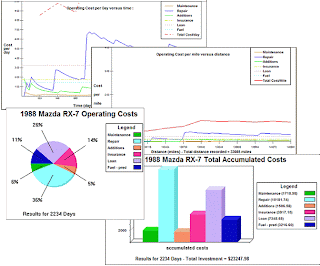A
Vehicular Ad-Hoc Network, or
VANET is a technology that uses moving cars as nodes in a network to create a mobile network. VANET turns every participating car into a wireless router or node, allowing cars approximately 100 to 300 metres of each other to connect and, in turn, create a network with a wide range. As cars fall out of the signal range and drop out of the network, other cars can join in, connecting vehicles to one another so that a mobile Internet is created. It is estimated that the first systems that will integrate this technology are police and fire vehicles to communicate with each other for safety purposes.
InVANET, or Intelligent Vehicular Ad-Hoc Networking, defines an Intelligent way of using Vehicular Networking. InVANET integrates on multiple ad-hoc networking technologies such as WiFi IEEE 802.11p, WAVE IEEE 1609, WiMAX IEEE 802.16, Bluetooth, IRA, ZigBee for easy, accurate, effective and simple communication between vehicles on dynamic mobility. Effective measures such as media communication between vehicles can be enabled as well methods to track the automotive vehicles is also preferred.
InVANET helps in defining safety measures in vehicles, streaming communication between vehicles, infotainment and telematics.

Vehicular Ad-hoc Networks are expected to implement a variety of wireless technologies such as Dedicated Short Range Communications (DSRC) which is a type of WiFi. Other candidate wireless technologies are Cellular, Satellite, and WiMAX. Vehicular Ad-hoc Networks can be viewed as component of the Intelligent Transportation Systems (ITS).
Vehicular Networks are an envision of the Intelligent Transportation Systems (ITS). Vehicles communicate with each other via Inter-Vehicle Communication (IVC) as well as with roadside base stations via Roadside-to-Vehicle Communication (RVC). The optimal goal is that vehicular networks will contribute to safer and more efficient roads in the future by providing timely information to drivers and concerned authorities.
VANET is just a hypothetical model. Practically it has not been applied. Our engineers are trying hard to incorporate it so that a new revolution could be brought in automobiles and driving scenario.







